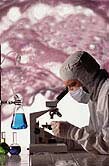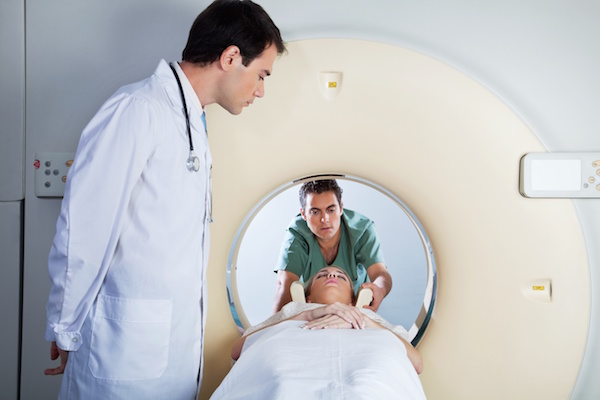
WEDNESDAY, April 22, 2015 (HealthDay News) — Two new devices may eventually lead to more accurate, less toxic methods of predicting how well a specific cancer drug might work on an individual’s cancer, researchers report.
The goal: to construct a “laboratory in a patient” method for safely exposing tumors to tiny samples of many different drugs all at once, to observe each drug’s preliminary impact on the cancer, without exposing patients to the drug’s potential side effects.
“Different patients can respond completely differently to the same drug,” explained the lead author of one of the studies, Oliver Jonas. Jonas is a post-doctoral associate in the Robert Langer Lab at the Massachusetts Institute of Technology’s Institute for Integrative Cancer Research, in Cambridge.
“And normally in cancer, and in some other diseases as well, there aren’t good predictive markers. So you have to test therapies sequentially. And it can take several weeks to many months to see the effect of a single therapy,” Jonas said.
“So the motivation of this whole study was to find ways to identify the optimal therapy in a patient before a treatment decision is actually made,” he added.
The study authors designed a 3-millimeter long device outfitted with isolated pockets. Each pocket was loaded with very small sample of a cancer drug. Currently, 16 different cancer drugs can be tested at once, according to the study.
The device was injected directly into melanoma, prostate, or breast cancer tumors in a group of mice. Tissue samples were then tested to see how the tumor reacted to the drugs. Those samples were then compared to how the mice reacted when given a drug’s full dosage.
The device proved to be a reliable and accurate way to predict each drug’s effectiveness.
“First, it’s important to note that what we’re testing is only about a millionth of a (full) dose,” said Jonas. “But just that tiny amount is enough to try out on the order of about 10,000 cancer cells. So it’s very safe, but enough for testing,” he said, adding that the small dose correlated strongly with the effect of what could be expected with a full-dose treatment.
“So this is no-risk and effective, and a big time-saver for patients,” Jonas said. “It’s also likely to significantly reduce the costs of care. Because some of the new cancer therapies we have, many of which will prove to be ineffective for any one patient, cost about $100,000 per treatment cycle. And this testing method will cost just a fraction of that.”
Jonas said that theoretically — pending the results of ongoing clinical trials involving actual patients — the new test could be available in some form within one to two years.
But commenting on the research by Jonas and colleagues, Dr. Peter Kozuch, an associate professor of medicine, hematology and medical oncology at Beth Israel Medical Center in New York City, cautioned that it’s too soon to know how well this device might work in people, given that testing to date has been confined only to animals.
“The field of oncology is increasingly trying to become more precise,” Kozuch said. “Patient-specific and tumor-specific. But this is brand new technology. And unfortunately there is simply no shortcut to clinical development,” he added.
“While it may be terrific that this technology seems to accurately predict which drugs will be effective in which tumors in laboratory animals, those early signs of promise unfortunately do not always translate into benefits for people. So we have to do these tests in people with cancer,” Kozuch said.
A second device actually has been tested on four humans, but only in a safety trial.
This device — from researchers at the Fred Hutchinson Cancer Research Center and Presage Biosciences in Seattle — is a handheld microinjection device called “CIVO.” It’s specifically designed to test up to eight drug samples in tumors located near the surface of the skin, such as skin cancer, breast cancer, and lymphoma.
The researchers have demonstrated early success with this device in tests on mice and dogs, according to their latest study.
The initial human tests were designed to assess the safety of the device, and to evaluate the patient and physician experience with the process, the researchers said. Initial results in people showed no serious side effects from the micro-injections of the drugs.
Findings from both studies were published online April 22 in Science Translational Medicine.
More information
There’s more on cancer treatments and side effects at the American Cancer Society.
Copyright © 2025 HealthDay. All rights reserved.

